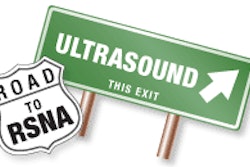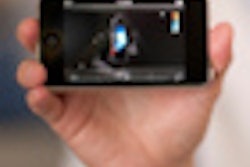Sunday, November 27 | 11:25 a.m.-11:35 a.m. | SSA21-05 | Room S504AB
In this scientific session, a South Korean team will explain how incorporating strain ratio into thyroid elastography did not yield better clinical performance.Although thyroid elastography differentiates lesions based on elasticity scores or color maps, these results may be subjective. Recent elastography technology developments allow a quantitative analysis, but clinical performance in various ultrasound systems has yet to be evaluated, said presenter Dr. Eun Sook Ko and co-author Dr. Jung Hee Shin from Samsung Medical Center.
The researchers enrolled 123 patients with 142 thyroid nodules larger than 0.5 cm in the prospective study between July 2010 and January 2011. Blinded to cytopathological results, seven radiologists performed ultrasound elastography using an iU22 Vision 2010 scanner (Philips Healthcare) with color mapping and strain ratio for thyroid nodules.
While ultrasound elastography is helpful for predicting malignant thyroid nodules, adding strain ratio to color mapping was not better than color mapping alone, the authors found. Ultrasound elastography inevitably will be subjective, Kim said.




















